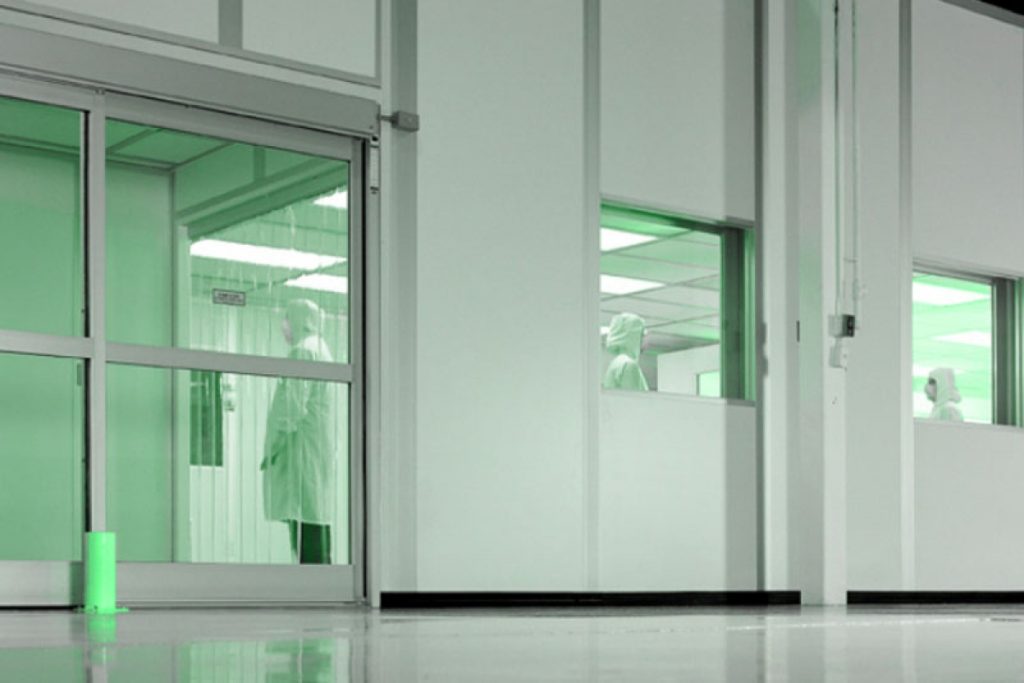
The Role of Lighting in Cleanroom Performance and Safety

Lighting is a critical yet often overlooked component of cleanroom design that directly impacts both performance and safety. Cleanrooms are environments where strict control over contamination is essential, and lighting plays a vital role in maintaining operational efficiency, reducing risks, and ensuring compliance with regulatory standards.
Enhancing Visibility and Productivity
Adequate lighting is crucial for workers to perform tasks with precision. Cleanroom processes, especially in industries like pharmaceuticals, electronics, and medical device manufacturing, often require meticulous attention to detail. Poor lighting can lead to mistakes, inefficiencies, and even accidents. Bright, evenly distributed lighting helps workers see clearly, minimizing errors and improving productivity.
Reducing Particle Generation
In cleanrooms, even small disturbances can introduce contaminants into the environment. Certain lighting systems, particularly those generating excessive heat, can disrupt airflow patterns, causing particles to move unpredictably. Using low-heat, energy-efficient lighting, such as LED fixtures, helps maintain stable airflow patterns, reducing the risk of particle contamination.
Energy Efficiency and Long-Term Cost Savings
Cleanrooms operate continuously, making energy efficiency a key consideration. LED lighting, known for its low energy consumption and longer lifespan compared to traditional lighting, reduces energy costs and maintenance needs. By minimizing the frequency of bulb replacement, facilities can avoid unnecessary disruptions and maintain cleanroom integrity.
Compliance with Regulatory Standards
Lighting in cleanrooms must comply with specific industry regulations, including ISO and GMP standards. These guidelines dictate the intensity and placement of lighting to ensure it does not interfere with cleanroom operations. For example, cleanroom lighting must have a minimal impact on air quality and must not introduce particles or chemical contaminants.
Safety and Ergonomics
Proper lighting in cleanrooms is essential for worker safety. Well-lit environments reduce the risk of accidents such as slips, trips, and falls, which can occur due to poor visibility. Additionally, well-designed lighting systems prevent eye strain, contributing to better ergonomics and long-term well-being for cleanroom staff.
Considerations for Cleanroom-Specific Lighting
In cleanrooms, lighting systems must be easy to clean and resistant to contamination. Fixtures should be sealed to prevent the buildup of dust and bacteria and designed to withstand regular cleaning with harsh chemicals without deteriorating. Moreover, lighting must be compatible with the cleanroom’s classification and airflow system, ensuring it does not introduce contaminants or disrupt airflow.
Conclusion
Lighting is a crucial aspect of cleanroom design that directly influences performance, safety, and operational efficiency. By investing in high-quality, energy-efficient, and cleanroom-compliant lighting systems, facilities can ensure better visibility, reduce particle contamination, lower energy costs, and maintain a safer working environment. In cleanroom operations where precision and cleanliness are paramount, effective lighting design is an essential component for success.

